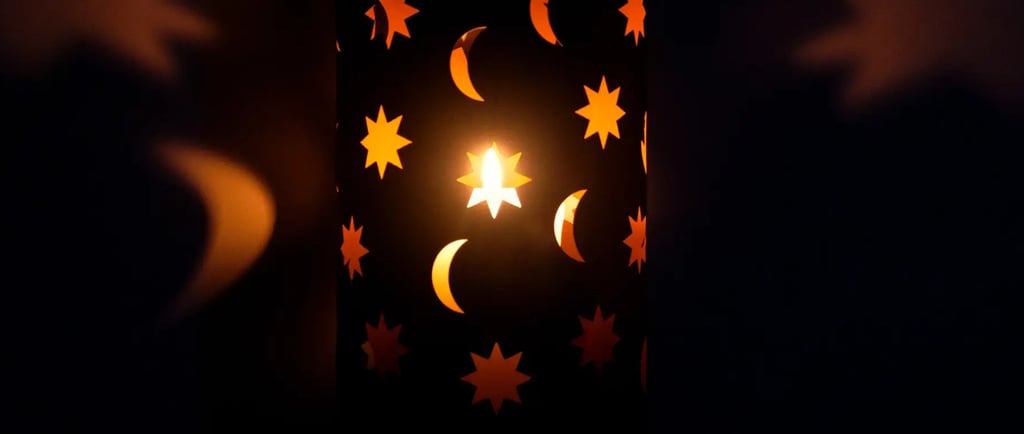Stellar lunar lamp. Photo by Brigitta Schneiter on Unsplash.
Here’s how to recreate the moon phases in your recreation room. Won’t take more than a minute and requires zero papier-mâché.
Wait for night and grab an orange (or a peach or a tennis ball if you prefer your moon fuzzy). Then turn on a flashlight or directional lamp (it’ll be your sun) and turn off all the other lights (because space is dark). Your head is the earth; your eyes, the moon watcher.
Stand facing the light with the orange held out in front of you in your left hand. Congrats, you’ve made a new moon. In real life, we never actually see a new moon because its dark side is facing us, and because it’s rising and setting with the sun. We might as well call it no moon.
Keep holding the orange out. Turn a bit to the left. You’ll see a tiny slice of the orange lit on the right side but shadowed on most of the left. You’ve made a waxing (or growing) crescent moon. You can often see that moon shape just after sunset as it follows the sun down into the western horizon.
Now turn a bit more left and watch the crescent wax some more. When your right shoulder points to the light, the orange will be half lit. That’s called first quarter. Yeah, I know, it looks like half. But it’s a quarter of the way through the cycle.
Rotate until your back is to the light. You’ll see a full orange…I mean…moon: that glowing orb you can see rising in the east around when the sun is setting in the west.
Don’t eat that orange yet. Switch hands and keep turning left. That left side of the sphere will stay lit, but watch the shadow growing on the right. You’re looking at a waning (or shrinking) gibbous moon, like a lumpy egg getting smaller as you move. Gibbous comes from the Latin for “humpbacked” and sadly has nothing to do with gibbons. (Who, by the way, are apes, not monkeys. Also, they sing. Who knew?)
Back to the glowing fruit, which, if you’re still turning, is waning but still gibbous. When your left shoulder points to the light, the half-lit orange you see is last quarter. Really, three quarters of the way through the cycle and almost done.
Turn once more to the left and you’ll see one more phase—the waning crescent—a tiny sliver that early birds can spot just ahead of the sun rising in the east. Now come full circle, literally, back to new moon, or no moon.
Yes, the moon keeps it interesting every single night. But don’t take my word for it: get out there and see the show for yourself. And go eat that little orange moon—you’ve earned it.
Now you know the basics of lunar shape-shifting. Read on for even more moonformation in Moonlock kingdom.


